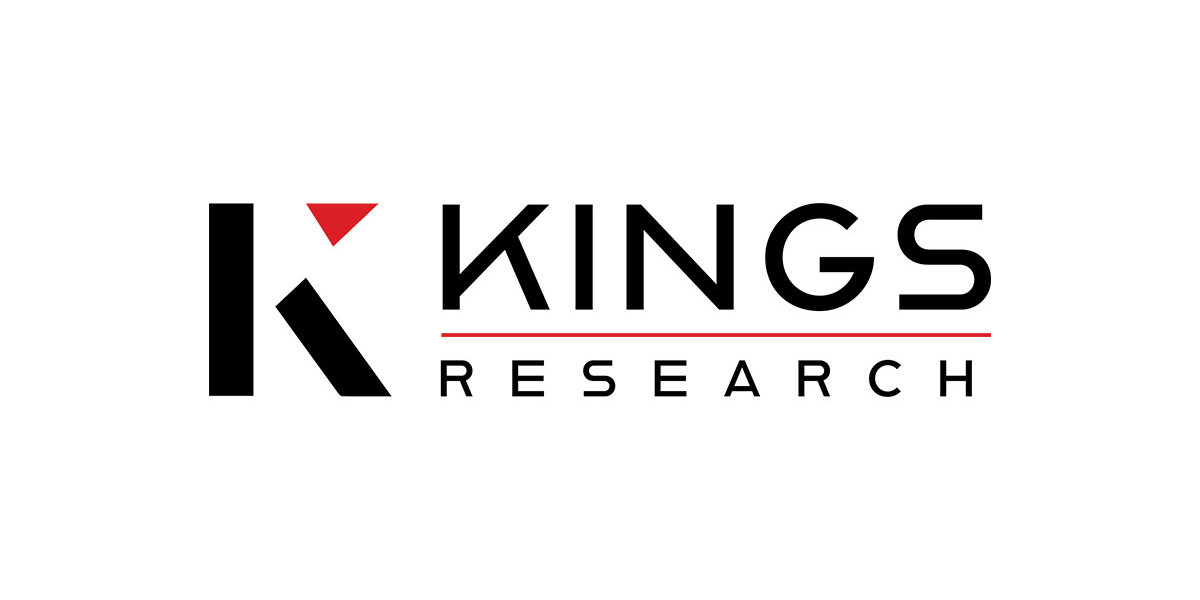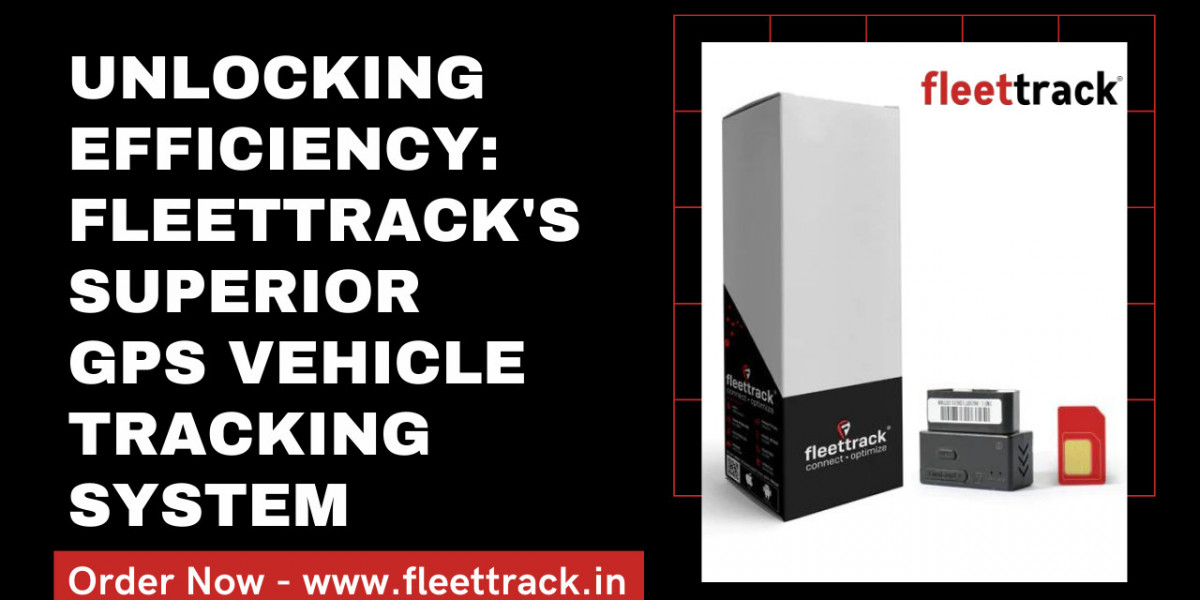In the current digital era, hybrid cloud environments are becoming a growing trend due to their scalability and flexibility. However, data and application security in on-premises and cloud environments is also hampered by this flexibility.
Hybrid cloud security requires building a strong architecture to protect your data and fend off emerging threats. This article examines the primary strategies and suggested practices for developing a strong security architecture in a hybrid cloud environment.
Recognizing the Security Landscape of Hybrid Clouds
It is essential to understand the unique security risks that hybrid cloud environments bring before creating a resilient architecture. Among these challenges are data breaches, unauthorized access, compliance issues, and managing security in multiple environments.
Putting Strong Identity and Access Management (IAM) into Practice
Strong Identity and Access Management (IAM) requires the establishment and enforcement of rules, guidelines, and technological frameworks to guarantee that only people with the proper authorization can access particular system resources. This comprises the subsequent essential elements:
Authentication
Verifying the identity of users or systems trying to access resources is crucial. This can involve techniques like multi-factor authentication (MFA), biometric verification, and passwords.
Authorization
Depending on the identity and permissions of the verified user, granting or refusing access to resources. Users can only access the resources required for their roles because of authorization.
Account Management
Maintaining user accounts, which includes adding, changing, and removing them as necessary. Enforcing password policies, like the need for frequent password changes and the use of complex passwords, is another aspect of this.
Access Control
Putting in place procedures and policies to restrict resource access under established guidelines. One example of this is role-based access control (RBAC), which allows permissions to users according to their roles in the company.
Auditing and Monitoring
To identify and address any unauthorized access or questionable activity, resources are being watched over and activities are being recorded. This facilitates the detection of possible security incidents and guarantees policy compliance.
Compliance
To safeguard sensitive data and uphold stakeholders' and customers' confidence, IAM practices must adhere to industry standards and legal requirements.
Encrypting data in transit and at rest
Two crucial procedures for preventing unwanted access to sensitive data are encrypting it while it's in transit and while it's at rest. Below is an explanation of each:
Encrypting Data in Transit
This is the process of encrypting data while it moves between different locations, like between a server and a user's device or between servers. By using encryption, data is protected from being readable without the encryption key, even if it is intercepted by unauthorized parties. Data encryption in transit is a common use case for secure protocols like TLS (Transport Layer Security), which offer a secure communication channel over the internet.
Encrypting Data at Rest
Data that is kept on digital or physical storage devices, like hard drives, databases, or cloud storage, must be encrypted to do this. When data is encrypted while it is at rest, it is shielded from unwanted users who obtain physical or digital access to the storage device. Advanced Encryption Standard (AES) and other encryption algorithms are frequently used to encrypt data while it is at rest, guaranteeing that the data is secure even if the storage medium is compromised.
Ways of Implementing Network Segmentation
Network segmentation means breaking up a computer network into more manageable, isolated sections known as subnetworks. All segments, or subnets, are isolated from one another to improve security and performance. By limiting the impact of potential security flaws and preventing illegal access to personal information, this isolation can help.
Additionally, network segmentation can be implemented in several ways. Let’s take a look at them.
Physical Segmentation
Dividing network segments physically with routers, switches, and firewalls. By ensuring that all traffic between segments passes through these devices, security policies can be enforced.
Logical Segmentation
logical techniques, such as VLANs (Virtual Local Area Networks), to divide network traffic without requiring physical division. Compared to physical segmentation, logical segmentation is frequently more adaptable and economical.
Micro-Segmentation
Putting segmentation into practice more finely, maybe at the application or workload level. By limiting communication between particular endpoints, even within the same network segment, micro-segmentation improves security.
Conclusion
In a hybrid cloud environment, developing a robust security architecture requires for a multifaceted strategy. Nevertheless, organizations can guarantee the integrity of their hybrid cloud environment and safeguard their data and apps against changing risks.








